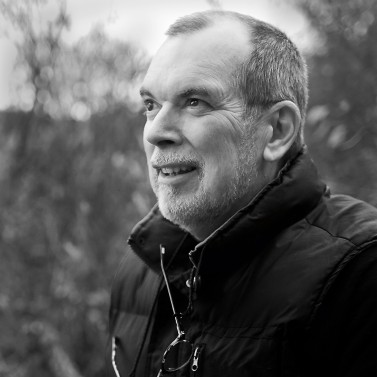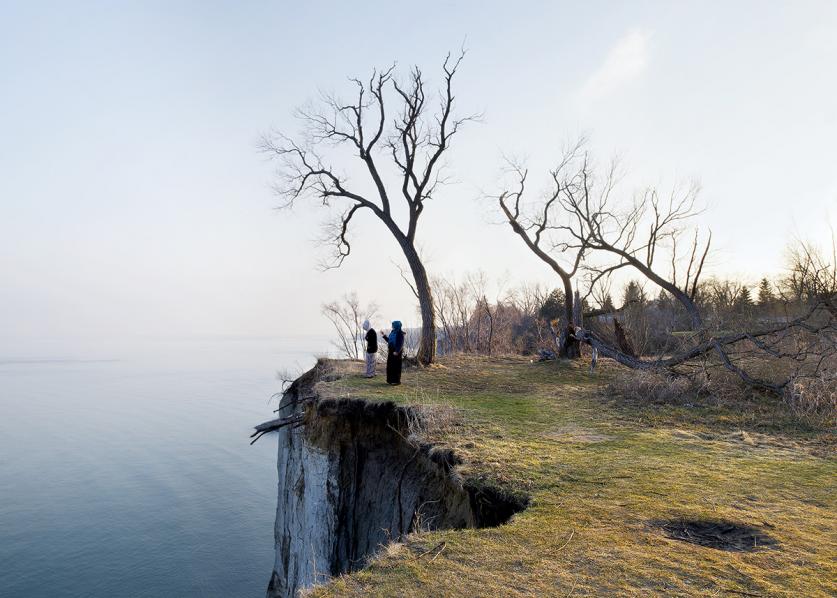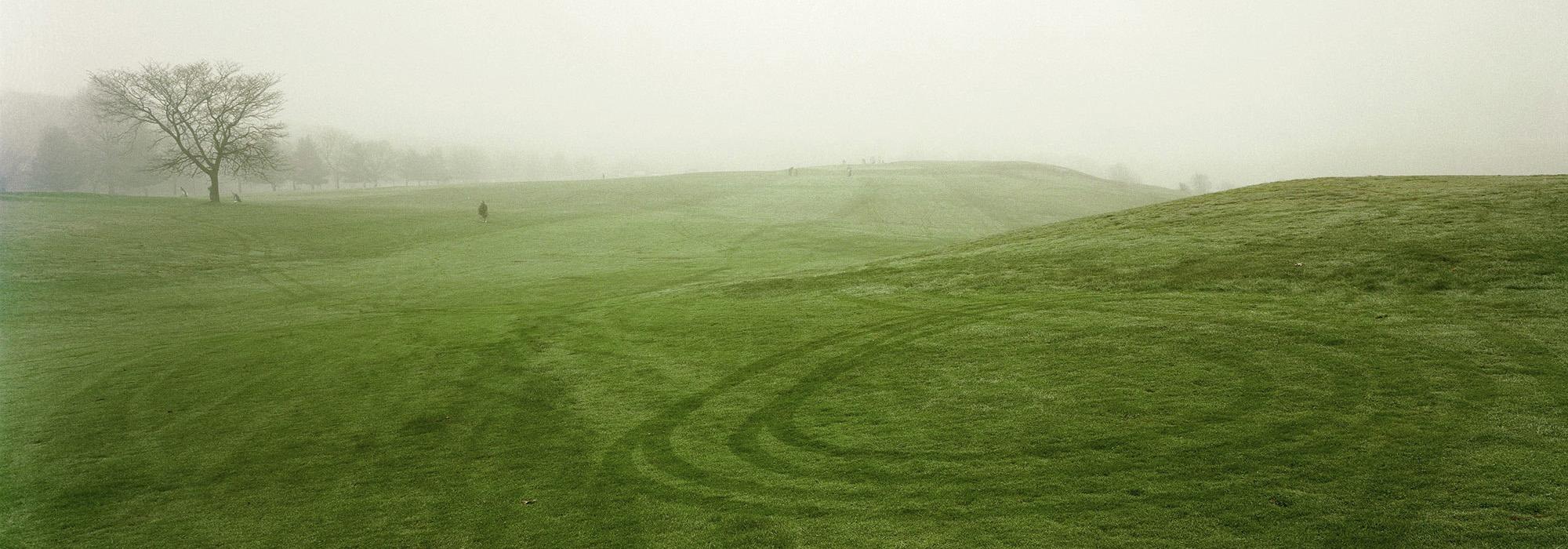It Takes One: Robert Burley

I’m a photographer who has focused on landscape and architecture over my 35-year career. My passion has been the urban landscape with an emphasis on the places where nature and city meet. Examples of past projects include a photographic survey of Chicago’s O’Hare Airfield (1980’s), a long-term study of major works by Frederick Law Olmsted (1990’s) and a series exploring urban shorelines of the Great Lakes (2000’s). My most recent book, An Enduring Wilderness: Toronto’s Natural Parklands is a five-year project about one the of the largest urban park systems in the world. In addition to the varied subjects addressed in my work I am also fascinated by the medium of photography itself and the role it plays in how we understand the world at large. I currently hold the position of Associate Professor in the School of Image Arts, Ryerson University where in these times of flux and change, I am as much a student as I am a teacher.
How would you define a cultural landscape?
A difficult one. I can only say that this question, as yet unanswered, is a driving force behind my work. Further, this question in combination with my deeply felt experiences of nature acquired in my formative years are what compel me to get up, get out to explore myriad landscape forms, and make photographs. However, my (our) relationship to the landscape remains a complex subject that repeatedly eludes definition and/or visual description. Whenever I venture out with my camera I’m reminded of what photographer Ansel Adams said about photographing the landscape: “… the supreme test … and often the supreme disappointment.”

Why did you get involved in the landscapes that were threatened in your community?
In 2012, I was approached by a group from the City of Toronto Planning and Parks Divisions. They were in the process of completing a major study of the “environmentally significant areas” in the city’s natural parkland system and were interested in the idea of a book. I was surprised to learn that, although the parklands are a defining feature of Toronto, a visual book about the natural ravines and waterfront had not yet been done. It was a massive undertaking attempting to describe a complex and fragmented system the size of 30 Central Parks deeply woven into all parts of a very rapidly growing city. Toronto’s parklands differ from most other major urban park systems in that they were never designed and constructed but rather, are remnants of a natural landscape from pre-settlement times. Over the last century, they have been adapted as flood plains, used as infrastructure corridors and simultaneously embraced as parks; hence the title, “An Enduring Wilderness.” In addition to my photographs, the book features contributions from some of Toronto’s best known writers – its goal is to raise awareness about these important landscapes as the city assembles a long-term plan to protect them under the pressures of massive urbanization and increased use.

How did your understanding of this landscape change as a result of your advocacy efforts?
When I began work on this project I’d lived in Toronto for over forty years and thought I knew the parklands. By the time I finished, I was astonished by the extent to which my city has been shaped by this “accidental wilderness.” My initial surprise occurred during the first meeting with the city project team where I was presented with a list of 86 sites to photograph. After quickly reviewing their list I realized I’d never been to two thirds of them. It took me a year just to get a handle on the scale and complexity of these hidden green spaces, and in many instances, to find ways into them. The sunken river valleys of Toronto are on average about twelve stories below the street grid and don’t offer the grand entrances and elaborate wayfinding systems found in designed parks such as Central Park in NYC. Though the city has added over 125 miles of multi-use trails to the park system it still retains its natural and wild qualities. For example, on one of my earliest shoots I found myself lost in a wooded area that is just a ten-minute walk from my home of 25 years and less than two miles from City Hall. Over a four-year period, I did hundreds of photographic expeditions and was reminded that true awareness of the landscape can only be achieved by walking and exploring. Each time I ventured into the parklands I encountered something new: about their history, their rich biodiversity, their connection to the city and especially the multidimensional relationships people had developed with these spaces.

Did the understanding of others change as well? If so how?
Throughout the time I was photographing, I felt my process of discovering the parklands was a shared experience. Toronto is one of the fastest growing cities in North America, recently surpassing Chicago as the fourth largest with planners projecting it will surpass Los Angeles by 2050. This rapid densification has led many residents, especially those living in the downtown core, to seek and explore the city’s enviable wealth of greenspace. They drive, cycle, rollerblade, jog, walk, and kayak their way into the ravines to exercise, dog walk, birdwatch, fish, picnic, research, photograph or just simply disconnect from the congestion and frenetic pace of the city. It feels as though Toronto is discovering a treasure that has always been here, hiding in plain sight, and the population’s understanding, appreciation and use of the parklands is growing exponentially.
I also feel that most urban dwellers, regardless of what city they live in, are starting to reawaken, or perhaps renegotiate their relationship to nature. I think the pressures of living in large urban centers, with growing distractions of a digital world and overwhelming challenges of global warming are just a few of the factors which have led to a collective anxiety that we’ve lost touch with the natural world in the 21st century. This project was my way of not only documenting the parklands specific to Toronto but also exploring the fascinating human condition of experiencing nature in the city.

What is the message that you would like to give our readers that may inspire them to make a difference?
Maybe we can each use the manifestations of landscape closest at hand to gain a better understanding and appreciation of our own impact on the fragile qualities of the larger global environment.
In an article titled, “The Greening of the City,” for the New York Times in 2004, Toronto’s own Jane Jacobs put it this way:
“Perhaps it will be the city that reawakens our understanding and appreciation of nature, in all its teeming, unpredictable complexity.”



